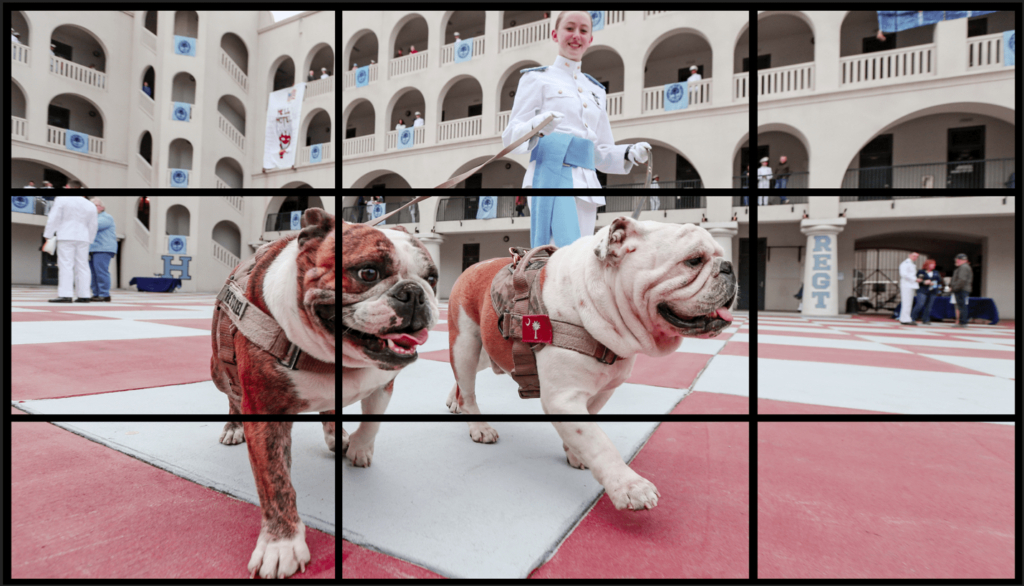Photography Tips for Cell Phones
To capture the best possible photos with your phone, consider using a third-party manual camera app rather than the default camera. Here are some recommended apps to unlock your phone’s full camera potential:
- ProCamera: has great features, including a built-in pro timer, a tilt meter for straight images, a selfie mode, a self-timer, anti-shake functionality, and lowlight ability
- Obscura Camera
- Manual
- ProShot
- Hydra
- ProCam 2
Target Your Shooting Mode
When taking photos, choose the mode that best suits the final use of the image:
- Square Mode: Great for Instagram.
- Vertical: Ideal for images with 1–3 people.
- Horizontal: Best for websites like Facebook, Twitter and Instagram.
Follow the Rule of Thirds
Use the grid feature on your iPhone or Android to align your subject and apply the rule of thirds.
The rule of thirds is a photography guideline for composing photos. Rather than centering your subject, points of interest should fall on one of the four gridlines or the points of intersection.

Turn Off the Flash
Even with improved flash technology, the built-in flash is still limited. You’re better off to open the curtains and keep natural light at your back to illuminate your subject. Use the exposure slider to boost brightness into the photo or purchase an external light, like the Neewer 50 LED Portable Multi Functional Mini LED.
Use Burst Mode for Action and Low-Light Shots
Burst mode is perfect for fast-moving subjects or low-light situations. It can help you capture at least one clear, usable image.
Enable HDR
Depending on the model of your phone, you may have an auto high dynamic range (HDR) setting. For best results, leave the function on auto—it will allow you to capture images that have bright spots and high contrast light sources.
Lock Focus and Exposure
For more control over your photos:
- Lock Focus: Tap on your subject and hold down to select and lock the focal point. After you take the image, tap anywhere on the screen to unlock the focus.
- Use the Exposure Meter: If an image is too bright or dark, tap on the focus square and use the slider to lighten or darken your image to your liking.
Prevent Camera Shake
Camera shake makes getting sharp photos difficult. People often get blurry photos with iPhones because they are light and thin and awkward to hold compared to a full-sized camera. To avoid camera shake, shoot horizontally with both hands holding the camera and use the volume button to snap the image.
Here are additional tips to reduce camera shake:
- Lean against a vertical surface for stability.
- Rest elbows on a low wall or surface.
- Tuck elbows into your body for steadier shots.
Now, take a deep breath and let out a slow, steady exhale as you gently tap the shutter release button or the volume button.
Keep Your Photos Simple
Don’t clutter your pictures. When photographing objects, keep the focus on the object and declutter your image by moving around to isolate the subject or move distractions out of the frame or image. When photographing people, try to shoot horizontally and keep the number of subjects to no more than 3-5 people—2-3 are best.
Move Closer for Better Framing
Try to leave a little room above and below your subject. When making images of award presentations, frame your subjects from just above their head to below the waist. The critical part of the image is the subject and the award. Head to toe images are not necessary.
Upload Your Images
Please upload your images to Photoshelter and email cpollack@citadel.edu a description of the images and the name of the event or activity taking place in the photo. Each department should have one person designated to upload the images of your classroom and departmental events.
If you need permission to access Photoshelter, please contact cpollack@citadel.edu.
